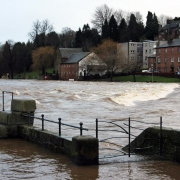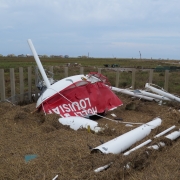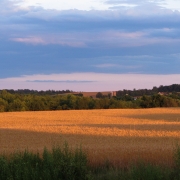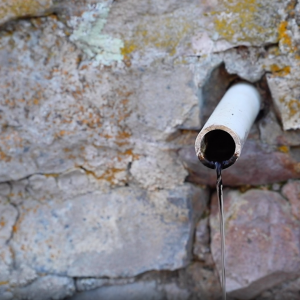HotSpots H2O: Minnesota Rolls Out Plan for PFAS Contamination

Lake Elmo, Minnesota. © Tony Webster
Minnesota officials announced a multi-step strategy to address PFAS contamination in the environment. Referred to as Minnesota’s PFAS blueprint, the plan will focus on three goals: to prevent PFAS pollution, to manage sources of already occurring PFAS, and to clean up contamination. The blueprint would add all PFAS to the state’s hazardous substance list and require all companies to report any use of the man-made chemicals.
“These forever chemicals are everywhere,” said Laura Bishop, commissioner with the Minnesota Pollution Control Agency, at the blueprint release. “And new PFAS are being invented, used in industry and incorporated into commercial products, and released into the environment every day. The gaps in our understanding of the effects of PFAS on human health and the environment is one of the primary reasons Minnesota needs a coordinated, strategic approach to PFAS.”
The plan focuses primarily on pollution prevention, either by restricting the production of PFAS or by banning the substances entirely. Within two years, Minnesota plans to monitor groundwater in active landfills, enact statewide water quality standards, and dispose of firefighting foam containing PFAS. In the longer term, Minnesota wants to aid companies in transitioning away from PFAS substances, mandate that companies report air emissions of PFAS, and study the health effects of people exposed to contaminated water.
The proposal to add PFAS to the hazardous substances list would give the state more funding for cleanup due to the “polluter pays” provision, which requires those responsible for pollution to pay for damages. Minnesota would be the first state to add PFAS to its hazardous substances list, which, in Minnesota, also includes lead, arsenic, and acids.
“Chemicals like PFAS in our water threaten our public health, wildlife, our beloved Minnesota environment, and our economy,” said State Sen. Jennifer McEwen. “This is a major challenge that we must address as policymakers.”
PFAS, which are found in food packaging, water-repellent fabrics, nonstick pans, and some cosmetics, contaminate water, land, and air. In Minnesota, there are a number of contaminated sites, most notably in the city of Cottage Grove, where 3M manufactured and dumped PFAS for decades. PFAS have also been found in surface water around the Duluth International Airport, in Lake Elmo fish in Washington County, and in Bemidji, where drinking water was contaminated by firefighting foams.
The CDC has linked PFAS to an increased risk of kidney and testicular cancer, thyroid disease, and liver damage.
Elena Bruess writes on the intersection of environment, health, and human rights for Circle of Blue and covers international conflict and water for Circle of Blue’s HotSpots H2O.












Leave a Reply
Want to join the discussion?Feel free to contribute!